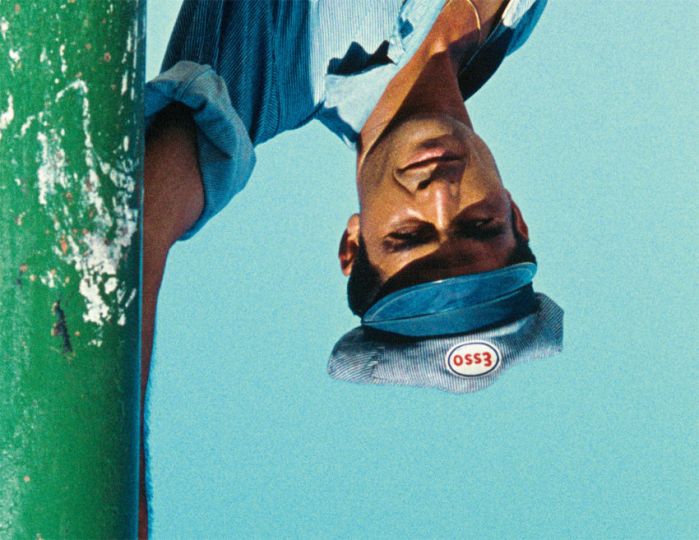An atypical collector of photographs, postcards, and fairground art, this enthusiast is featuring his treasure trove from nineteenth-century circuses and fairs where dwarfs, giants, and even “negroes” provided “freak show” entertainment.
Where did you get the idea for this collection?
I gradually became passionate about these images by rummaging through yard sales. I love postcards and vintage photographs. I also do collages… I find these images moving because they say a lot about us. Over 200 pictures will be on display at Arles.
What do they say in particular?
They certainly say something about our identity, how we conceive our individual differences. Of course, to start with, we are dealing with terrible voyeurism: old-fashioned sideshows where people would come to stare at a giant or a dwarf, and often greet these malformed individuals, who hadn’t done anything wrong, with laughter and mockery. And then there was the business aspect… But nowadays, these images make perhaps more sense because we are able to look at them with detachment.
And isn’t this one of the goals of the exhibition?
Indeed. We must address physical differences in some way, since in the end they allow us to contemplate the difference of every one of us in entirety. A giant or dwarf, or “negro,” exhibited at carnivals, is a searing testimony of a society that had absolutely no understanding of the other. And this is what motivated my research. I wanted to contribute to the project of safeguarding everyone’s difference or, at least, of observing it with empathy.
This is also an encounter with the body and with a type of individual we are not accustomed to see…
Precisely. I believe that we have much to learn from an confrontation with images that go beyond today’s customs. What is interesting about the past is that we can go back to the root of a specific perception and revisit the prehistory of images: who used to be photographed? Why? What was the purpose of showing these “sideshow freaks”: to elicit laughter, share the unusual and bizarre, or to humiliate them, or use them to allay our fears and dreams? Showing them again today may help us rethink these questions.
Interview conducted by Jean-Baptiste Gauvin
Jean-Baptiste Gauvin is a journalist, writer, and stage director. He lives and works in Paris.
Nains, hercules et géants [Dwarfs, strongmen, and giants]—Collection Claude Ribouillault
Festival des Rencontres de la Photographie d’Arles 2017
July 3 to September 24, 2017
Arles, France

















